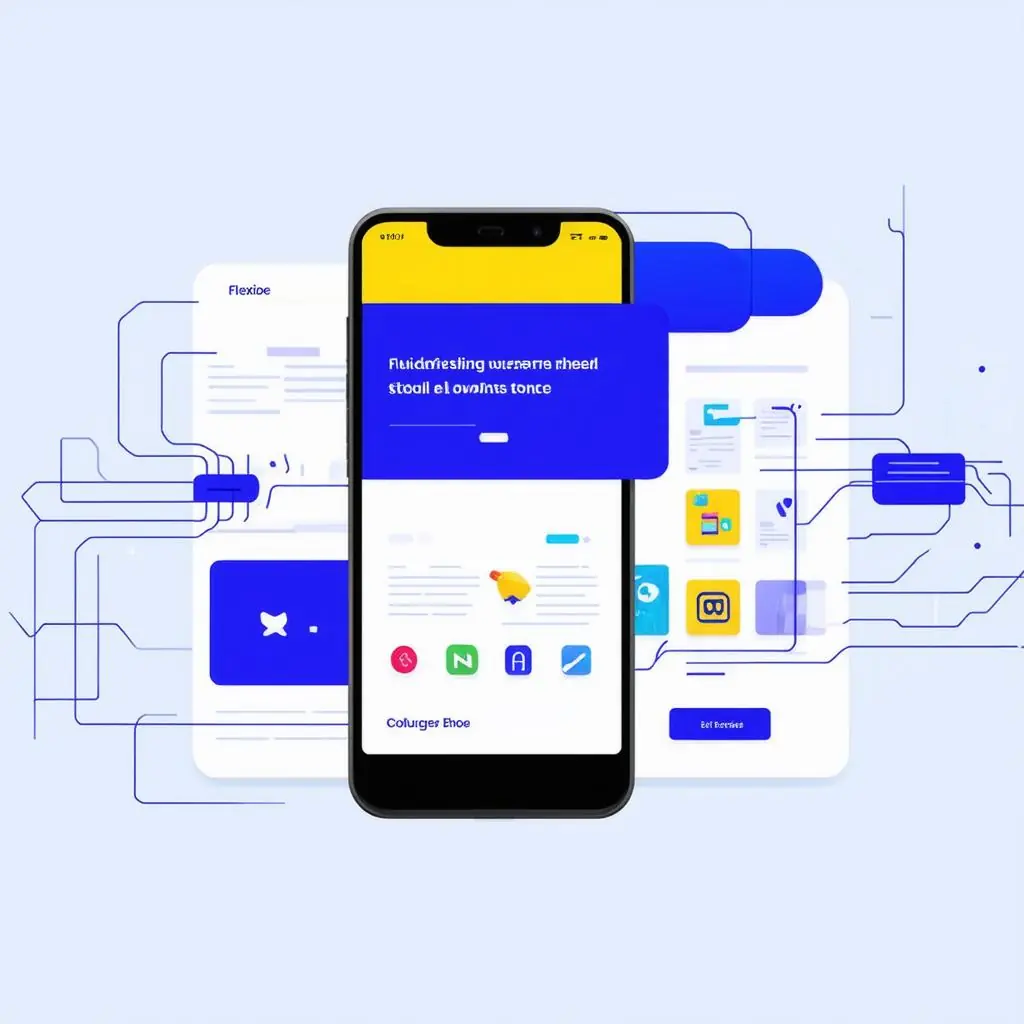In today’s digital age, having a strong online presence is essential for any small business aiming to succeed. A well-designed website is a crucial component of that presence, acting as a powerful marketing tool that can attract and retain customers. But how do you create a website that stands out without breaking the bank? This post explores five essential web design tips tailored specifically for small business owners seeking success in the online arena.
1. Prioritize Mobile Responsiveness
With more than half of all web traffic coming from mobile devices, ensuring your website is mobile-friendly is no longer optional—it’s a necessity. A mobile-responsive design automatically adjusts to fit any device, providing users with a seamless experience whether they’re on a phone, tablet, or desktop.
Benefits:
- Enhanced User Experience: A mobile-responsive design reduces the need for users to zoom in or scroll excessively, making navigation intuitive.
- Improved SEO: Search engines like Google prioritize mobile-friendly websites in search results, enhancing your visibility.
- Increased Engagement: A positive mobile experience can lower bounce rates and increase the time users spend on your site.
Tips:
- Test your website on multiple devices and browsers to ensure consistency.
- Use responsive web design frameworks, such as Bootstrap, to streamline development.
2. Streamline Navigation
Visitors should be able to find what they’re looking for quickly and easily. Complicated menus and poorly labeled links can frustrate users and drive them away. Efficient, intuitive navigation is key to keeping visitors engaged and encouraging them to explore more of your site.
Benefits:
- Better User Retention: Clear navigation helps users find information effortlessly, reducing frustration and exit rates.
- Higher Conversion Rates: Simple navigation paths make the buying process easier, encouraging conversions.
- Positive First Impressions: A well-organized website appears more professional and trustworthy.
Tips:
- Limit the number of menu items to seven or fewer.
- Use descriptive labels for each menu item or button.
- Ensure your contact information is easily accessible from any page.
3. Focus on User Experience (UX)
User experience is at the heart of effective web design. Ensuring that visitors have a satisfying interaction with your website can lead to increased sales and customer loyalty. Consider the entire journey a user takes on your site, from landing to conversion.
Benefits:
- Greater Engagement: A user-friendly design encourages interactions, such as clicks, downloads, and shares.
- Reduced Bounce Rates: When users find what they’re looking for quickly, they’re more likely to stay.
- Improved Brand Perception: A positive experience boosts your brand’s reputation and encourages word-of-mouth referrals.
Tips:
- Simplify content presentation with clear headings and short paragraphs.
- Optimize site load times by compressing images and minimizing code.
- Use a consistent design layout to achieve a professional look.
4. Optimize for Search Engines
A beautiful website won’t achieve its potential if no one sees it. Search engine optimization (SEO) is vital for bringing organic traffic to your site. By implementing strategic keywords and technical optimizations, you can improve your search engine rankings, attracting more potential customers.
Benefits:
- Higher Visibility: Improved rankings make your site easier to find on search engines.
- Increased Traffic: More visibility leads to higher organic traffic.
- Cost-Effective Marketing: SEO essentially acts as free advertising once established.
Tips:
- Perform keyword research to understand what potential customers are searching for.
- Use these keywords naturally in your content and metadata.
- Optimize images with appropriate alt tags and descriptive file names.
5. Choose the Right Features
Focus on integrating features that enhance your website’s functionality and appeal to your target audience. Every feature should serve a purpose, either by improving the user experience or driving business goals.
Benefits:
- Enhanced User Interaction: Functional features like chatbots and contact forms can improve customer service and engagement.
- Increased Accessibility: Features like search bars and language options can make your site more accessible.
- Streamlined Operations: Automated features can save time and resources for your business.
Tips:
- Avoid the temptation to overload your site with unnecessary plugins or features.
- Regularly review and update your site features based on user feedback and analytics.
Conclusion
For small business owners, a well-designed website is more than just a digital storefront; it’s a crucial element of business strategy. By prioritizing mobile responsiveness, streamlining navigation, enhancing user experience, optimizing for search engines, and choosing the right features, you can create a powerful online presence that attracts and retains customers. Implement these tips to enhance your website’s effectiveness and set your small business on the path to success.



